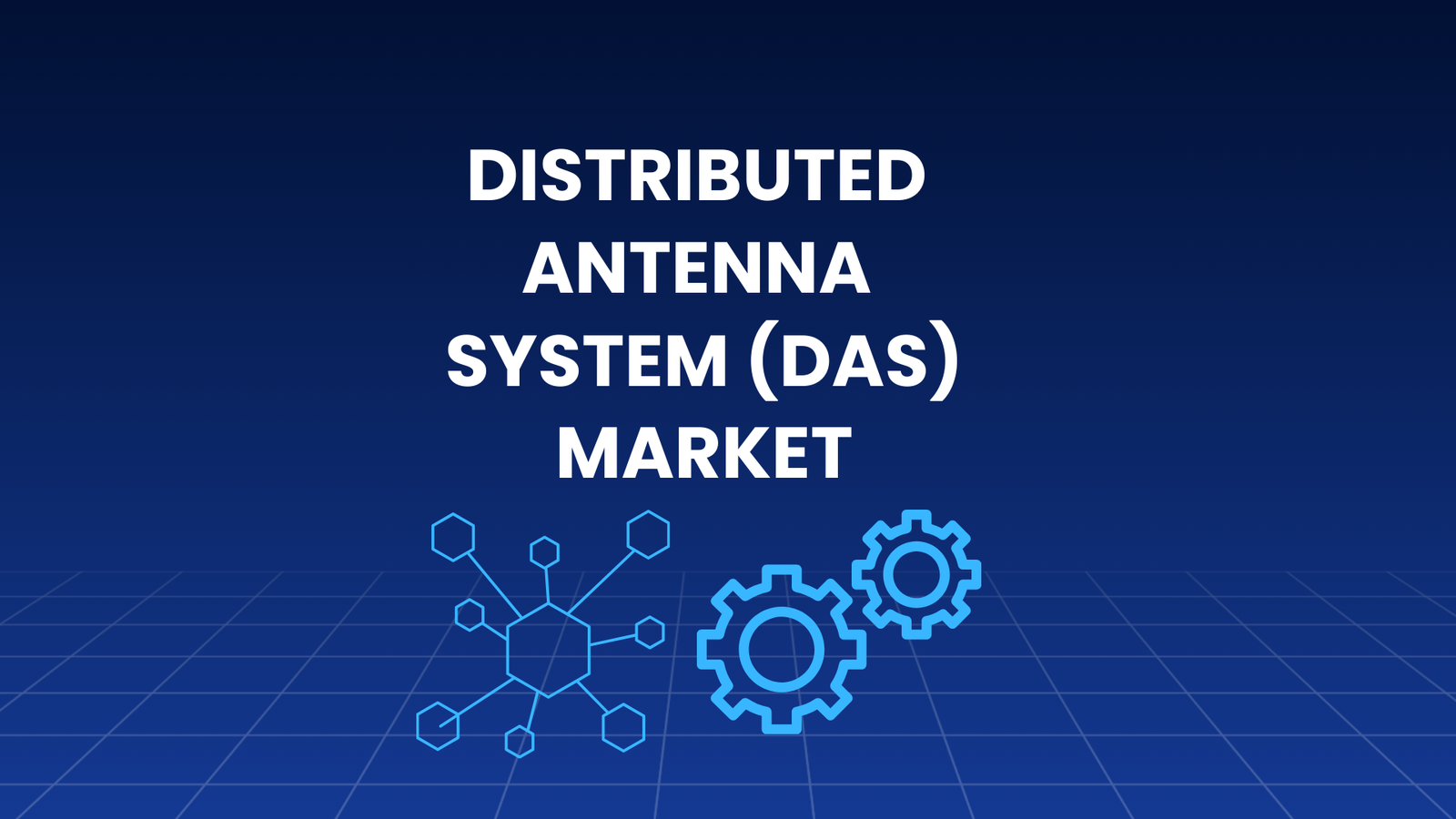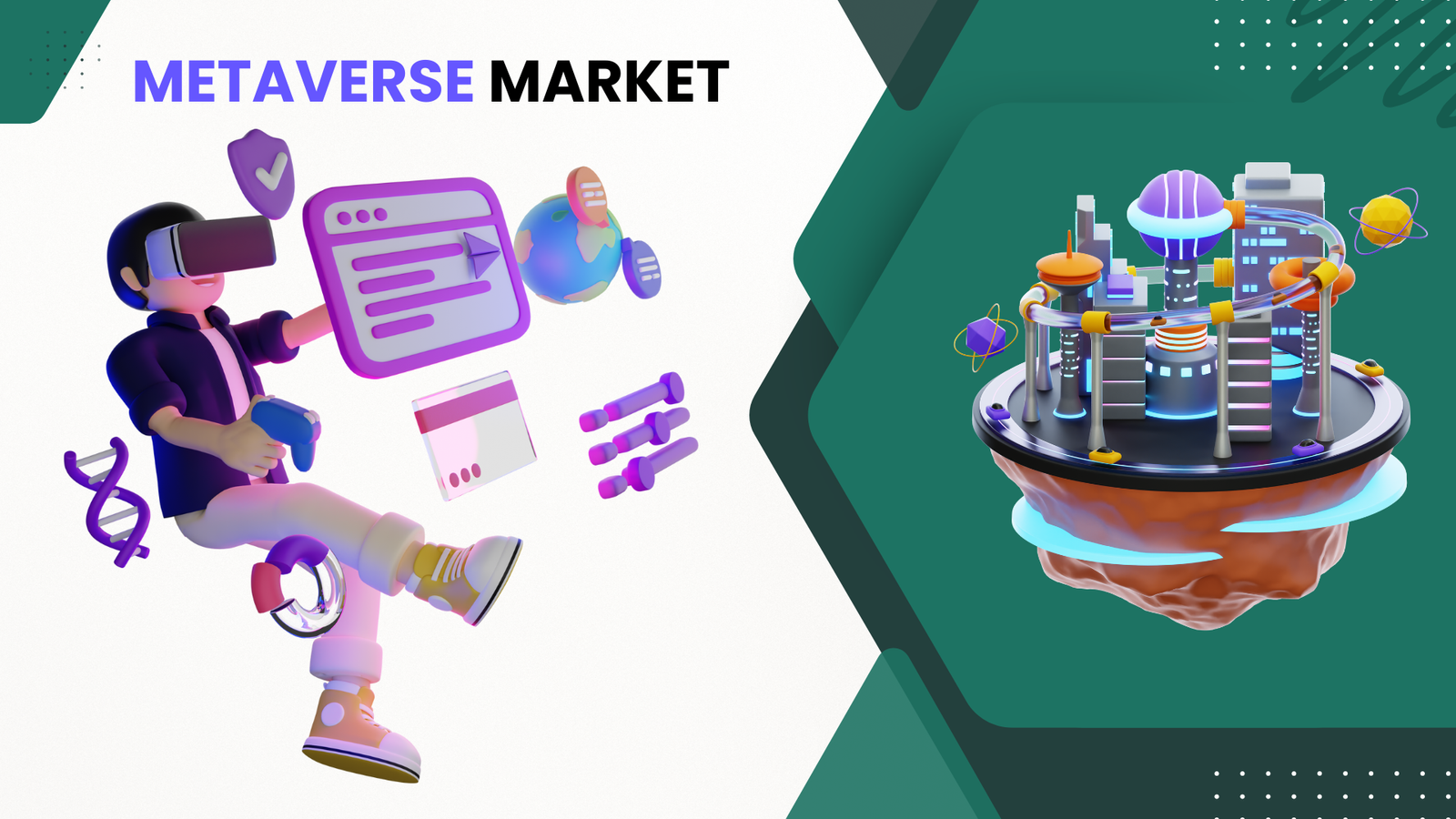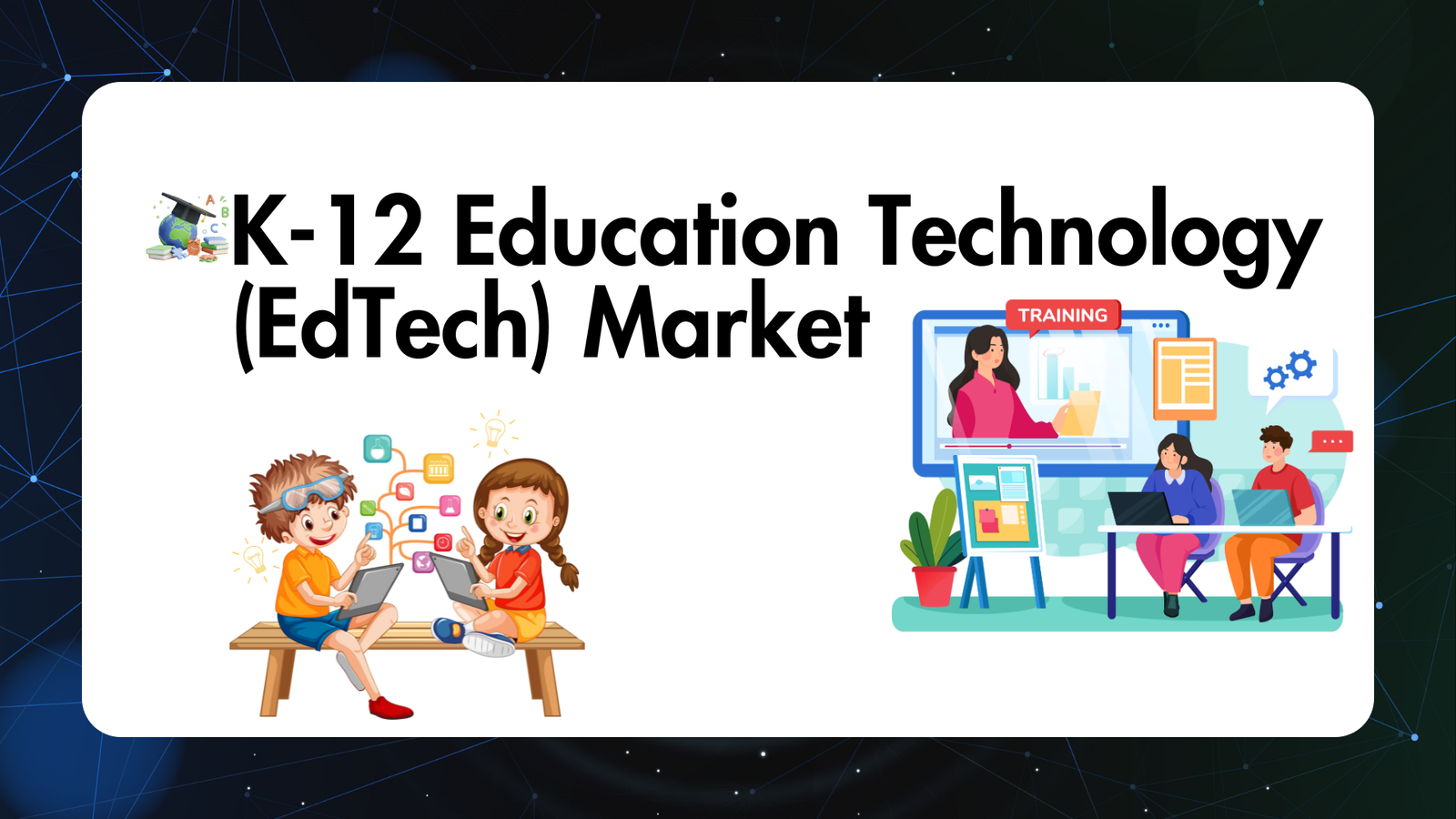Subscription Economy Market to hit USD 2,129.92 Bn By 2034
Updated · Aug 21, 2025
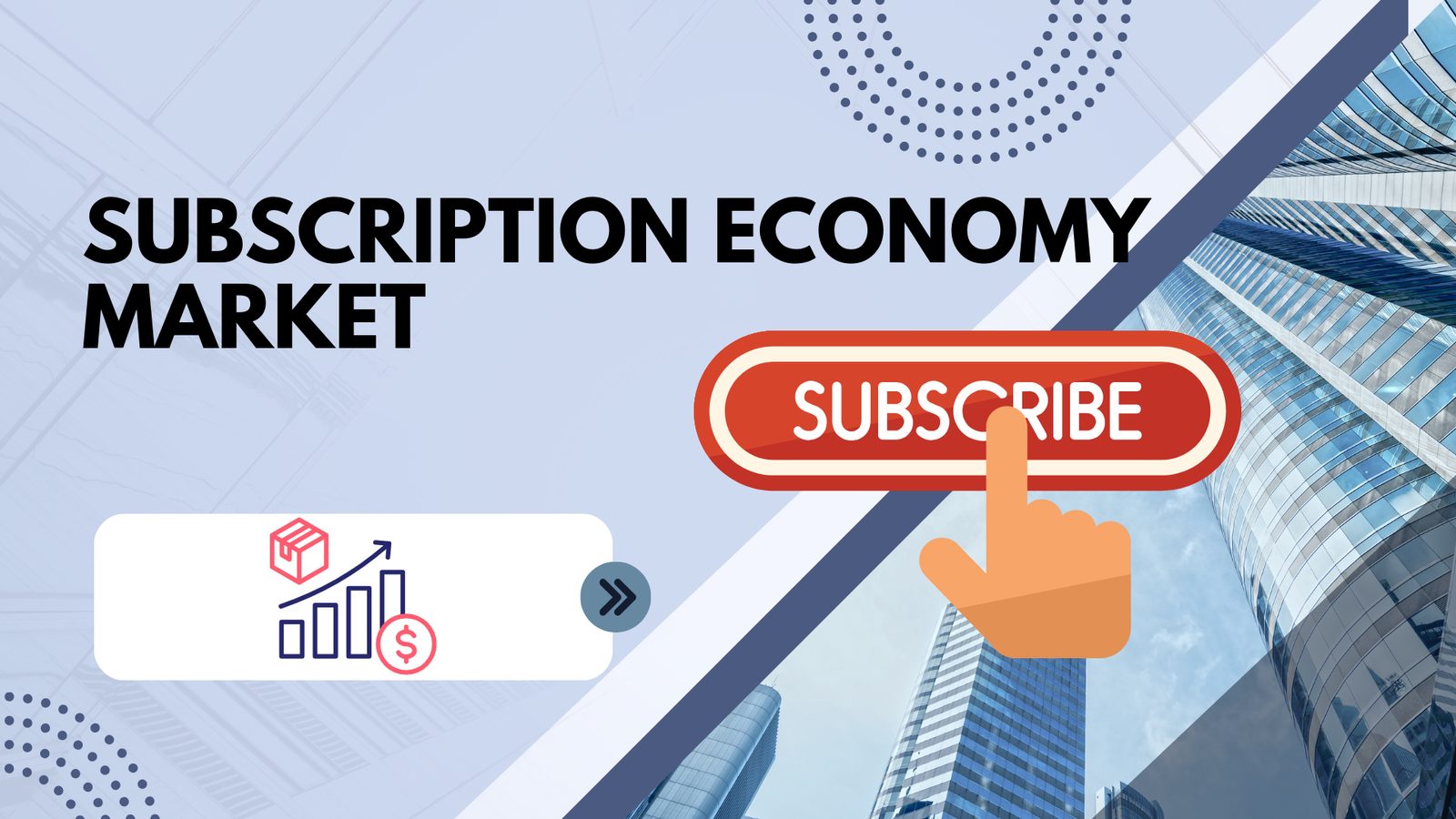
WHAT WE HAVE ON THIS PAGE
Introduction
The global subscription economy market is projected to expand from USD 487.0 billion in 2024 to nearly USD 2,129.92 billion by 2034, advancing at a CAGR of 15.9% between 2025 and 2034. This growth reflects the shift in consumer behavior toward recurring access models, where convenience, personalization, and continuous service upgrades drive long-term engagement. Industries such as streaming, software, e-commerce, and mobility services are increasingly adopting subscription models, enabling businesses to secure predictable revenue while offering consumers flexibility and value.
The Subscription Economy Market refers to the business model where companies offer products or services on a recurring basis, typically through monthly or annual payments. This model makes it easier for consumers to access goods and services without owning them outright, emphasizing convenience, flexibility, and ongoing value. It spans multiple sectors including media streaming, software, fitness, personal care, e-commerce, and healthcare.

According to the findings from DataArt, The subscription economy has been identified as one of the fastest-expanding industries, with projections indicating it could reach $1.5 trillion by 2025, supported by an annual growth rate of 18%. This expansion is fueled by the increasing appeal of convenience, personalization, and financial predictability, enabling consumers to simplify their daily choices while offering businesses consistent recurring revenue streams.
The model continues to gain traction as it balances consumer flexibility with enterprise stability, creating a sustainable growth environment across industries. Within this growth narrative, the Software and Technology sector has demonstrated the most significant momentum. The Software as a Service (SaaS) segment alone has surpassed $150 billion in market size, reflecting the success of subscription-based access over traditional perpetual licenses.
Key drivers of the subscription economy include the shift in consumer preferences from ownership to access and convenience. Advances in digital payment systems enable seamless transactions, supporting user retention and flexible payment options. The growth of smartphones and internet penetration further fuels adoption. Businesses benefit from predictable, recurring revenue, which helps with financial planning and maintaining long-term customer relationships. Additionally, personalization and tailored experiences increase customer satisfaction.
Investment opportunities are significant as companies and startups innovate subscription platforms, payment solutions, and offer specialized subscription services. Expanding into sectors like education, healthcare, and automotive creates new revenue streams. Regions like North America and Asia Pacific are leading in adoption, with various companies developing bundled subscriptions and using AI to improve customer targeting and service delivery.
Key Takeaways
- The market is projected to rise from USD 487.0 Billion in 2024 to USD 2,129.92 Billion by 2034, growing at a strong 15.9% CAGR.
- North America led in 2024 with 45% share, generating USD 219.15 Billion, showing its dominance in global subscription adoption.
- The United States accounted for USD 207.70 Billion in 2024, expected to reach USD 232.21 Billion in 2025 and USD 633.66 Billion by 2034, expanding at 11.8% CAGR.
- Content Subscriptions were the top segment in 2024 with over 45% share, reflecting the rising demand for digital media and streaming services.
- Media & Entertainment held more than 40% share in 2024, showing its central role in fueling subscription-driven growth.
Key statistics and insights
- The e-commerce subscription market is expanding rapidly, growing by 65% year over year, and is expected to surpass $900 Billion by 2026.
- Over the last decade, subscription revenues surged by 437%, outperforming the S&P 500 by 4.6x, signaling a major shift in consumer spending habits.
- Digital subscription companies now hold a combined $15 Trillion market capitalization, reflecting strong investor confidence in this sector.
- Nearly 98% of consumers subscribe to at least one streaming service, showing widespread adoption of subscription-based media.
- Millennials lead adoption, with an average of 17 media subscriptions per person, demonstrating high engagement levels.
- On the enterprise side, 99% of companies use at least one SaaS vendor, cementing software subscriptions as a business necessity.
- The United States accounts for 53% of the global digital subscription market, making it the largest consumer base.
- Mobile app spending is projected to reach $270 Billion, supported by the rise of subscription-driven apps.
- The SaaS market has doubled, expected to hit $307 Billion, reinforcing its dominance in enterprise software.
- E-commerce subscriptions remain the largest category, valued at $478 Billion, highlighting their leadership among subscription models.
Regional Analysis
In 2024, North America held a commanding position in this market, capturing over 45% share with revenue of USD 219.15 billion. The region’s dominance is driven by strong digital infrastructure, high adoption of subscription-based digital services, and a culture of early consumer acceptance of recurring payment models. The presence of established technology ecosystems and widespread use of mobile applications has further accelerated subscription uptake.
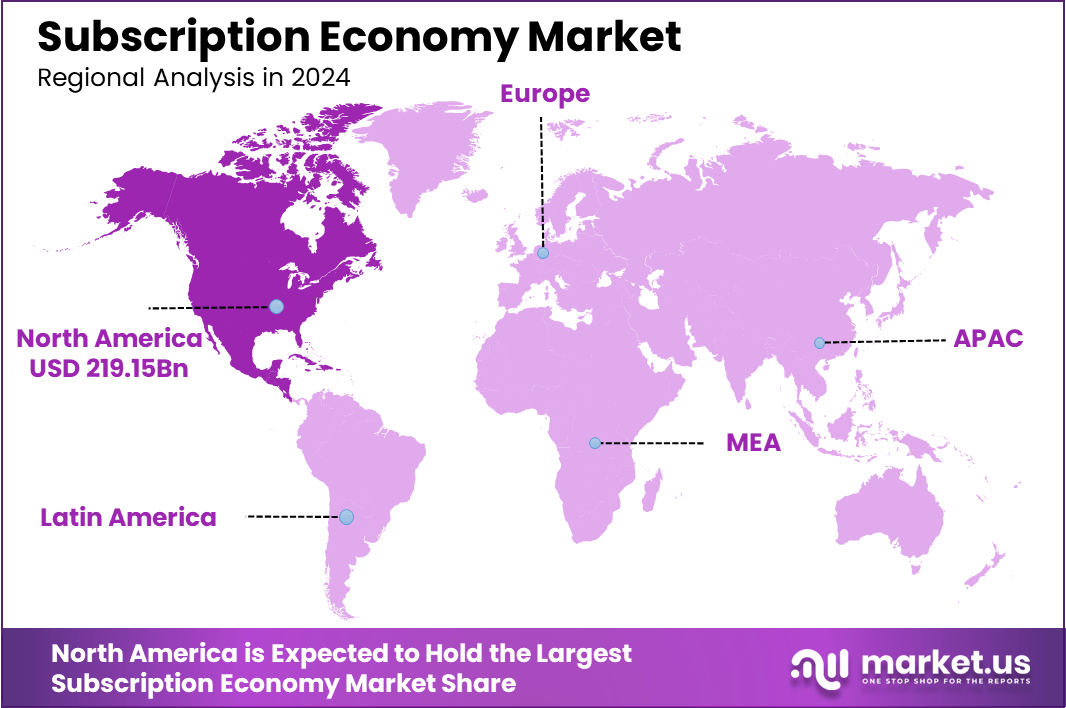
Emerging Trend: Hyper-Personalization and AI-Driven Subscription Models
A dominant emerging trend in the subscription economy market is the increasing application of AI and data analytics to deliver hyper-personalized subscription experiences. Companies are leveraging artificial intelligence to analyze consumer behavior, preferences, and usage patterns in real-time, enabling tailored recommendations, dynamic pricing, and customized service offerings. This personalization enhances subscriber satisfaction and loyalty by aligning subscriptions more closely with individual lifestyles.
Furthermore, the rise of machine learning-powered automation is streamlining subscription management, from onboarding to billing and customer support. This trend not only boosts efficiency but also allows businesses to anticipate subscriber needs and mitigate churn proactively. The continuous improvement of AI integration is driving subscription models beyond simple recurring payments toward adaptive, customer-centric ecosystems.
Driver
Growing Consumer Preference for Convenience and Access over Ownership
The subscription economy is strongly fueled by changing consumer mindsets favoring convenience and access rather than outright ownership. Consumers today prioritize seamless, on-demand access to products and services that fit flexible lifestyles, leading to rapid growth in digital subscriptions for entertainment, software, food delivery, and wellness.
This shift is also supported by innovations in payment infrastructure, including secure, automated recurring billing and multiple flexible payment options such as monthly, quarterly, or pay-as-you-go plans. Consumers’ comfort with digital platforms and mobile apps further accelerates adoption. Businesses benefit from predictable revenue streams and deeper customer relationships as a result of this cultural and technological transformation.
Restraint
Subscription Fatigue and Market Saturation
One significant restraint limiting growth in the subscription economy is subscription fatigue among consumers. As more companies adopt subscription models across diverse categories, consumers are finding it challenging to manage and justify multiple subscriptions concurrently. This saturation leads to increasing subscription cancellations and hesitancy toward new enrollments.
To maintain subscriber bases, companies must continuously innovate value propositions and enhance user experience. The crowded market also heightens competition, making differentiation difficult, particularly in mature categories like media streaming. Failure to address subscription fatigue may lead to higher churn rates and slowed overall market expansion.
Opportunity
Expansion into New Verticals and Emerging Markets
There are expansive opportunities for subscription business models to penetrate new industry verticals and emerging geographic markets. Sectors such as healthcare, education, automotive, and financial services are increasingly adopting subscription offerings tailored to evolving customer needs. For example, telehealth subscriptions and digital learning platforms are gaining momentum globally.
Emerging markets in Asia-Pacific and Latin America present substantial growth potential due to rising internet penetration, smartphone adoption, and a growing middle class seeking affordable, flexible services. By localizing content, pricing, and payment options, subscription providers can unlock new customer segments and drive growth beyond traditional strongholds.
Challenge
Balancing Customer Acquisition Costs with Retention Strategies
A critical challenge for subscription economy players is effectively balancing the often high costs of customer acquisition with the imperative to improve retention and reduce churn. Acquisition campaigns can be expensive and competitive, especially as markets mature, and not all new subscribers convert to long-term customers.
To survive and thrive, companies need sophisticated analytics to deeply understand subscriber behavior and preferences, allowing for personalized engagement and targeted offers. Pricing strategies must strike a balance between affordability and profitability, while seamless onboarding and user-friendly experiences help maximize lifetime value. Achieving this balance is essential for sustainable success in the evolving subscription landscape.
Key Market Segments
By Service Type
- Content Subscriptions
- Product Subscriptions
- Service Subscriptions
- Membership Subsciptions
By Industry Vertical
- Media & Entertainment
- Information Technology
- E-commerce & Retail
- Healthcare & Wellness
- Education
- Food & Beverage
- Transportation & Mobility
- Others
Top Key Players in the Market
- Netflix
- Spotify
- Disney+
- Xbox Game Pass
- Microsoft
- Adobe
- Salesforce
- Zoom
- Amazon Prime
- Peloton
- Teladoc
- HelloFresh
- Blue Apron
- Zipcar
- Others

Aruna is an editor at Techno Trenz and knows a lot about SEO. She is good at writing and editing articles that readers find helpful and interesting. Aruna also makes charts and graphs for the articles to make them easier to understand. Her work helps Techno Trenz reach many people and share valuable information.






